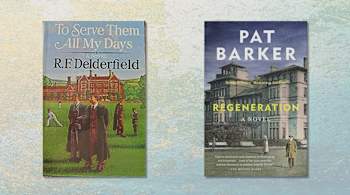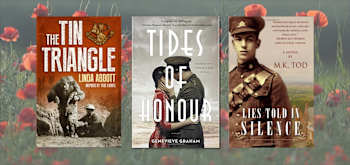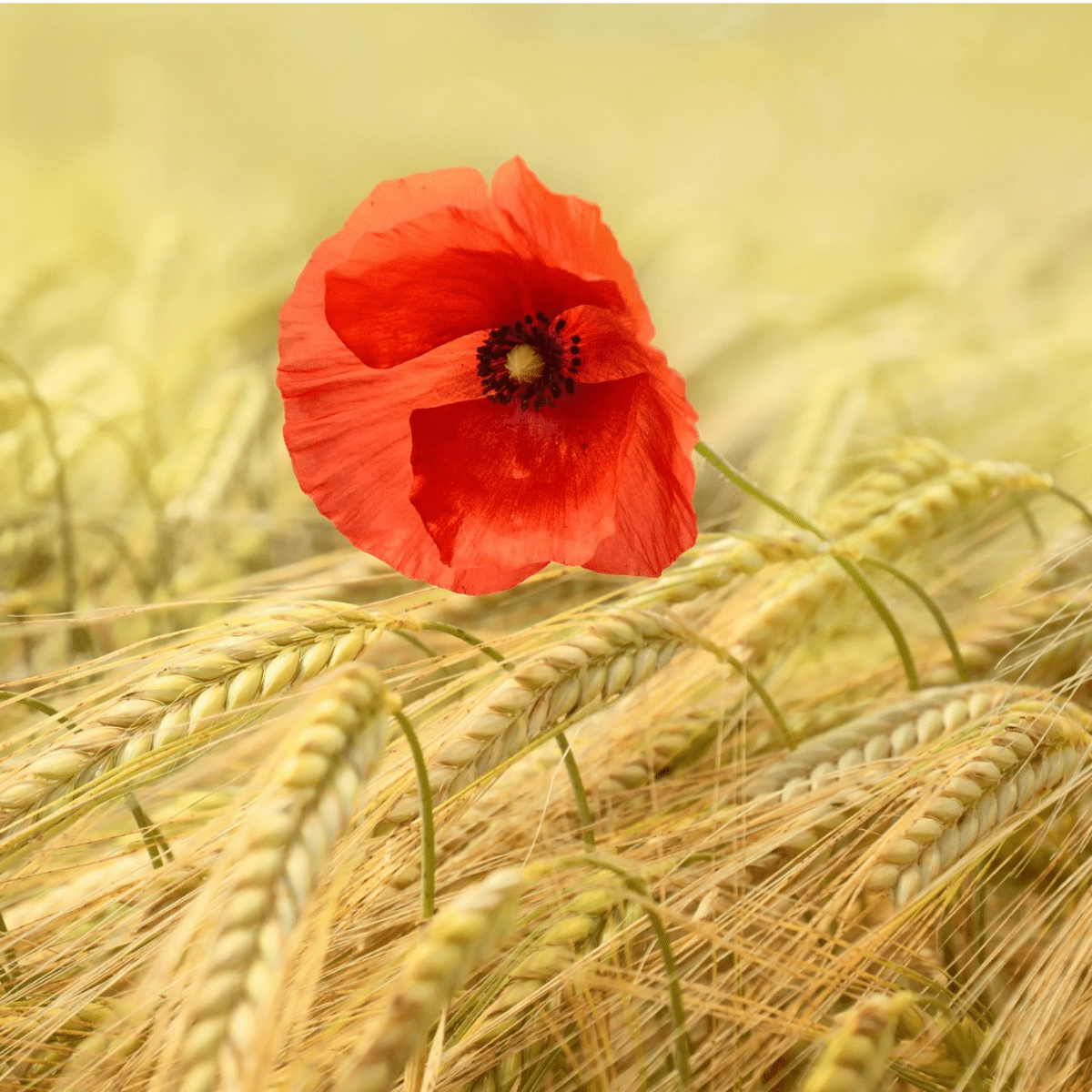It turns out I have more favorite WWI novels that will comfortably fit in a second blog post, I'll eventually do a Part 3. But until then, the books I've listed here had just as big an effect on my research and writing as those in My favorite WWI novels - Part 1.
Wherever possible, I've linked to the book on the author's web page so you can choose from multiple retailer options.
Psychological aftermath on those who fought
Thirty-plus years ago I idly watched TO SERVE THEM ALL MY DAYS on PBS’ Masterpiece Theater through the lens of a former student at an English boarding school, albeit an all-girls school, and with no idea I’d ever come back to it for more pressing reasons.

Ten years or so ago (basically when I first started researching WWI), I read the novel as a source of post-WWI trauma, and was completely pulled in to David Powlett-Jones’ nimble mind and injured psyche. This is a big, thick, slow-moving book—a saga of one man’s physical and psychological recovery from his wartime injuries and trauma through meaningful work and the affection of friends and family. I must have fifty sticky notes in my copy.
I have at least fifty sticky notes in my copy of REGENERATION by Pat Barker, too. Barker writes the kind of historical fiction I love most—marvelous stories based on specific facts which in turn prompt all sorts of psychological trauma. In this case it’s battle fatigue as the war machine tries to cure WWI poet Siegfried Sassoon. The only problem is Sassoon isn’t experiencing shellshock and the book contrasts his crise de conscience with the plight of others who truly are actually experiencing it. The additional poignancy is real-life medical hero Dr William Rivers fighting his own war trauma while treating his patients. Wilfrid Owen and his Anthem for Doomed Youth—What passing-bells for these who die as cattle?—also plays a part in this novel.
Set in Egypt and the Middle East
My family lived in Algeria and Saudi Arabia during my high school years. As a consequence, I went to boarding schools in England and Lebanon, and spent my 16th birthday in Cairo with a dinner on the banks of the Nile. Needless to say, I could easily imagine many of the locales in these three novels.

WINDSWEPT by Annabelle McCormack. I love Ginger and Noah and their espionage escapades in the earliest days of the race to grab the Middle East oilfields. The best part is this is Book 1 in a three-book series and there’s a prequel novella, too.
THE DESERT NURSE by Pamela Hart. Written by an Australian, and populated by Australian characters, I thoroughly enjoyed staying with the Australian side of DARE NOT TELL. The Desert Nurse also took me back to the Egyptian scenes in the television series ANZAC Girls, which was fabulous. Pamela has written two post-WWI novels set in Sydney, THE SOLDIER’S WIFE and THE WAR BRIDE, which I also thoroughly enjoyed.
IN THIS FOREIGN LAND by Suzie Hull. The quintessential love story—artist girl falls in love with boy, she teeters on the brink of ruin when he’s lost in war—set mostly in glorious Cairo but also in Ireland. This WWI combination doesn’t happen very often and I loved it as I did Isobel’s journey and the resolution to the novel. IN THIS FOREIGN LAND was Suzie’s debut; her second novel is FAR ACROSS THE OCEAN.
Canadian WWI novels
I freely admit my knowledge of Canadian history is not as robust as it should be, and what I do know is through the lens of WWI. Having said that, I hope my Canadian friends will give me credit for trying!

LIES TOLD IN SILENCE by M.K. Tod (examines love and loss, duty and sacrifice, and the unexpected consequences of lies. When I read this book, I had only a passing knowledge of the battle of Vimy Ridge, which is considered a defining moment in Canadian military history, like Gallipoli for the Australians, Passchendaele for the British, and the Argonne for the Americans. Edward and Helene’s story is heartbreaking—and it continues in Tod’s UNRAVELLED. Suffice it to say, I’ve thoroughly enjoyed M.K. Tod’s work.
THE TIN TRIANGLE by Linda Abbott was recommended to me by a dear friend and colleague who just happens to be from St. John’s and whose great-grandfather was one of only 68 survivors of the Battle of Beaumont Hamel. THE TIN TRIANGLE is based on Abbott’s grandfather’s experience in WWI. Of the 800 who went over the top at Beaumont Hamel, only 68 survived and they were all taken prisoner by the Germans. My friend’s great-grandfather was one of the 68.
TIDES OF HONOUR by Genevieve Graham is a novel of love and second chances set against Halifax, Nova Scotia’s most devastating moment of the First World War. I have a special interest in all things Nova Scotian since the British kicked my long-ago French ancestors out of Acadia. However, this book is about Danny, who fought and was wounded at the Somme, and French émigré Audrey, making their way in Halifax when a devasting explosion tore the port city apart physically and emotionally.
